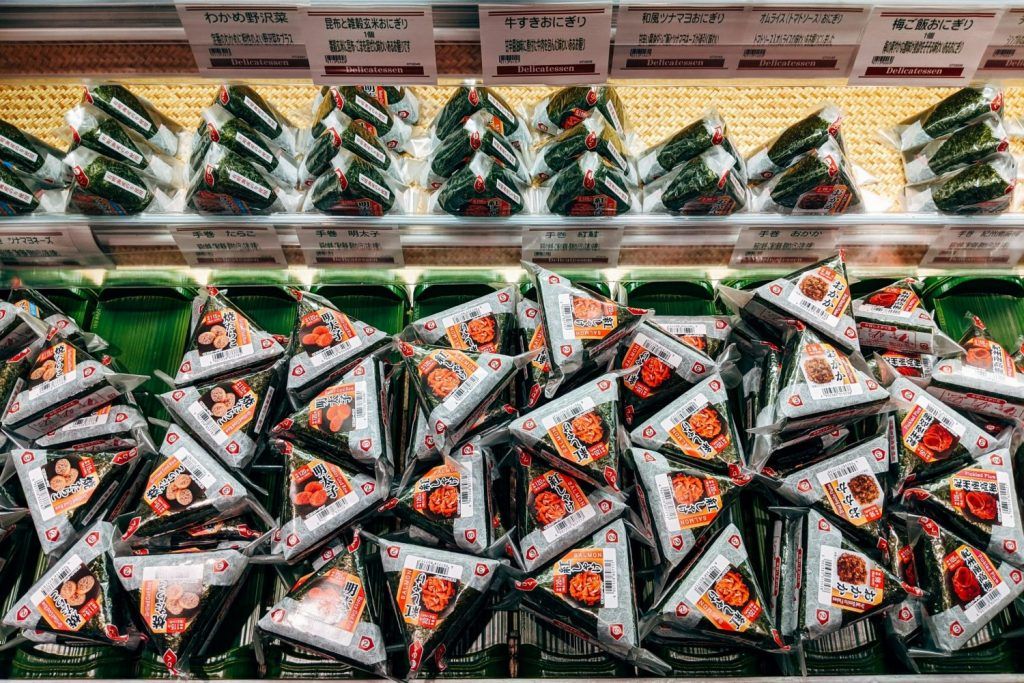A major challenge in achieving a sustainable future is the large amount of wasted food due to the shelf-lives being exceeded. Using the ‘best before’-date to tell when food gets spoiled is a poor indication since the food, in most cases, can last longer. Intelligent packaging is a promising weapon in the battle against food waste since it can more accurately indicate the state of food products. Nanotechnology is helping the development of inexpensive ways to accomplish this and thus ultimately bringing solutions to the market.
Content
– What is intelligent packaging?
– How big is the problem of food waste?
– The role of nanotechnology
– Outlook
What is intelligent packaging? [i]
Intelligent packaging can monitor the state of a product and communicate this to a consumer without interacting with the product itself. Examples of technologies used to accomplish this include time-temperature indicators (TTI), gas-indicators and -sensors, as well as various other sensors to monitor bacterial growth. Using these indicators and sensors, a consumer can be notified whether a product is safe to eat by a simple visual indication such as a change in color or shape of a label on the package.
At present, various examples of intelligent packaging are already in use. One example is the Fresh-Check® indicator by Temptime Corporation which indicates if a food product is safe to eat by a change in color based on time and temperature exposure [ii]. The color change happens due to a chemical reaction that takes multiple days and can be adjusted to match the product’s lifetime. Since heat, in general, speeds up chemical reactions, the color change of the label happens faster if the product is not cooled down properly or heated.
However, because of differences in laws and regulations, intelligent packaging is more widespread in some countries than others. The regulations of food products set forth by the European Union has resulted in fewer intelligent packaging solutions/products.
How big is the problem of food waste?
Globally, it is estimated that 1.3 billion tons of food are lost or wasted every year [iii]. In the US, it is estimated that 31 % of food is wasted at a consumer and retail level [iv] which is like other countries [v].
Additionally, a study in Germany (2017) indicates that the biggest reason for discarding groceries in Germany is an expired shelf life (47 %). [i] Since the largest source of food waste in the supply chain happens at the end consumer, this area should be in focus when wanting to reduce waste.
The role of Nanotechnology [vi]
Nanotechnology can help intelligent packaging in coming up with cheaper sensor and indicator devices that enable more solutions to be used. These need not be on the nano scale but by incorporating nanomaterials the sensor can be improved. One example is TTIs based on Ag Overgrowth on Au Nanorods, which would greatly reduce the cost compared to current TTIs [vii]. While the applications of nanosensors are still few, the field is an emerging one and being researched heavily. Hence, nanosensors may at some point be applied in packaging.
Additionally, nanotechnology also offers other benefits to the packaging industry by creating antimicrobial materials through the incorporation of nanoparticles in plastics. These include silver and zinc oxide nanoparticles and others with similar effects.
Outlook
With the current focus on green tech, one should think that intelligent packaging would gain more focus and become more widely used. There are, however, some challenges for some of the applications. One being strict regulation which is the case for the EU which explains the low usage. Since nanomaterials and especially nanoparticles can be toxic, it will likely take some time to get packaging based on them approved.
Another challenge is finding cheap sensors and indicators that contribute minimally to the cost of the final product. Finally, a challenge is that different food products need different sensors. TTI’s are for example good for frozen or cold food products, whereas other products may benefit more from having a gas sensor.
The market for intelligent packaging is mainly expected to be driven by North America and Southeast Asia [viii]. Apart from reducing food waste and improving safety, intelligent packaging could also be useful in other industries such as medicine and cosmetics to ensure product safety.
If you’d like to learn more about nanotechnology, please subscribe to our newsletter and stay tuned for upcoming posts.
Note: Featured image by Markus Winkler on Unsplash
References
[i] Patricia M. & Markus S., Intelligent Packaging in the Food Sector: A Brief Overview, 2019, accessed at https://www.ncbi.nlm.nih.gov/pmc/articles/PMC6352026/
[ii] Temptime Corporation, Fresh Check, 2018, accessed at http://fresh-check.com/
[iii] The World Counts, accessed Nov 1st, 2020 at https://www.theworldcounts.com/challenges/consumption/foods-and-beverages/food-waste-facts/story
[iv] U.S. DEPARTMENT OF AGRICULTURE, food waste FAQs, accessed at https://www.usda.gov/foodwaste/faqs
[v] Wrap, Food surplus and waste in the UK – key facts, 2020 accessed at https://wrap.org.uk/sites/files/wrap/Food_%20surplus_and_waste_in_the_UK_key_facts_Jan_2020.pdf
[vi] Trepti S., et al., Application of Nanotechnology in Food Science: Perception and Overview, 2017, accessed at https://www.frontiersin.org/articles/10.3389/fmicb.2017.01501/full
[vii] Chao Z. et al., Time–Temperature Indicator for Perishable Products Based on Kinetically Programmable Ag Overgrowth on Au Nanorods, 2013, accessed at https://pubs.acs.org/doi/10.1021/nn401266u
[viii] Mordor Intelligence, Smart Packaging Market – Growth, Trends, and Forecast (2020 – 2025), accessed at https://www.mordorintelligence.com/industry-reports/smart-packaging-market


Interesting article! I hope to see more of the technology, as it seems like a good and ideal solution to current food waste problems.
Thanks a lot, Connor. I also believe it has great potential.
Very Interesting article, Jonathan!
Keep up the good work
Thank you very much, Bo. I will do so!